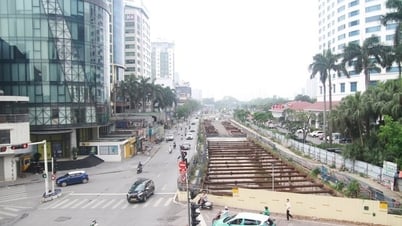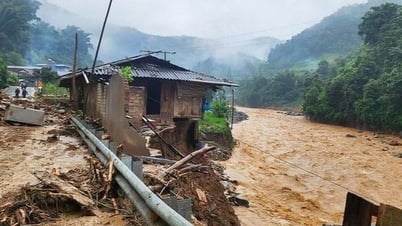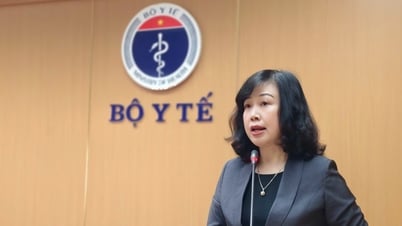According to the Ministry of Education and Training , in the summary report on the implementation of the Education Law in 2019, many localities reflected the current situation of School Councils in public kindergartens and general schools operating in a formal manner, lacking real power, overlapping roles and not creating real governance values.
The current public preschool and general school system has not been given autonomy in finance, personnel or organizational structure, so the role of the School Council is not designed to be linked to practical functions.
Furthermore, in most schools, the Principal is also the Chairman of the School Council and the Secretary of the Party cell/Party Committee, leading to overlapping roles and blurring the supervisory and critical functions of the School Council.
Maintaining the School Council in that context is not only ineffective but also increases administrative burden.
Therefore, in the spirit of streamlining the organization and increasing the Principal's self-responsibility for public schools, removing the regulation on School Councils in public kindergartens and general schools is a necessary step to streamline the apparatus, increase enforcement effectiveness; create conditions for substantial innovation in school activities based on existing democratic institutions such as Party committees, trade unions, Parents' Representative Boards, Pedagogical Councils, etc.
Proposal to add vocational secondary schools in the nationaleducation system
The Draft Law amending and supplementing a number of articles of the Law on Education stipulates: The national education system is an open, interconnected education system implementing formal education and continuing education.
The levels and training qualifications of the national education system include: Preschool education includes nursery school education and kindergarten education.
General education includes primary education, lower secondary education and upper secondary education.
Vocational education includes vocational secondary school and college, training at elementary level, intermediate level, and college level.
Higher education includes undergraduate and postgraduate education, training at undergraduate, master's and doctoral levels.
Thus, according to the draft, in vocational education, learners are trained at three levels: Elementary, intermediate and college.
Specifically: Vocational secondary school is for students after junior high school, integrating basic general cultural knowledge and vocational skills, aiming to reach elementary or intermediate level.
College is for people who have completed high school or equivalent, training at college level.
This design ensures the structure of the national education system in the direction of clearly distinguishing levels of education, clearly classifying training levels and enhancing openness and connectivity, in accordance with the National Qualifications Framework and international practices.
According to the current Law on Education, vocational education provides training at elementary, intermediate, college levels and other vocational training programs; there is no vocational secondary school.
Source: https://baophapluat.vn/de-xuat-bo-hoi-dong-truong-o-bac-mam-non-pho-thong-post548301.html





![[Photo] Top players gather at the 2025 Nhan Dan Newspaper National Table Tennis Championship](https://vphoto.vietnam.vn/thumb/1200x675/vietnam/resource/IMAGE/2025/5/23/9ad5f6f4faf146b08335e5c446edb107)

![[Photo] Anh Hoang - Dinh Duc successfully defended the men's doubles championship of the National Table Tennis Championship of Nhan Dan Newspaper](https://vphoto.vietnam.vn/thumb/1200x675/vietnam/resource/IMAGE/2025/5/23/d6ab3bcac02c49928b38c729d795cac6)



![[Video] Launch of the publication "The Teacher and the Books"](https://vphoto.vietnam.vn/thumb/402x226/vietnam/resource/IMAGE/2025/5/23/f8b7526776a44a57b0d4d9213c0c660d)















































































Comment (0)